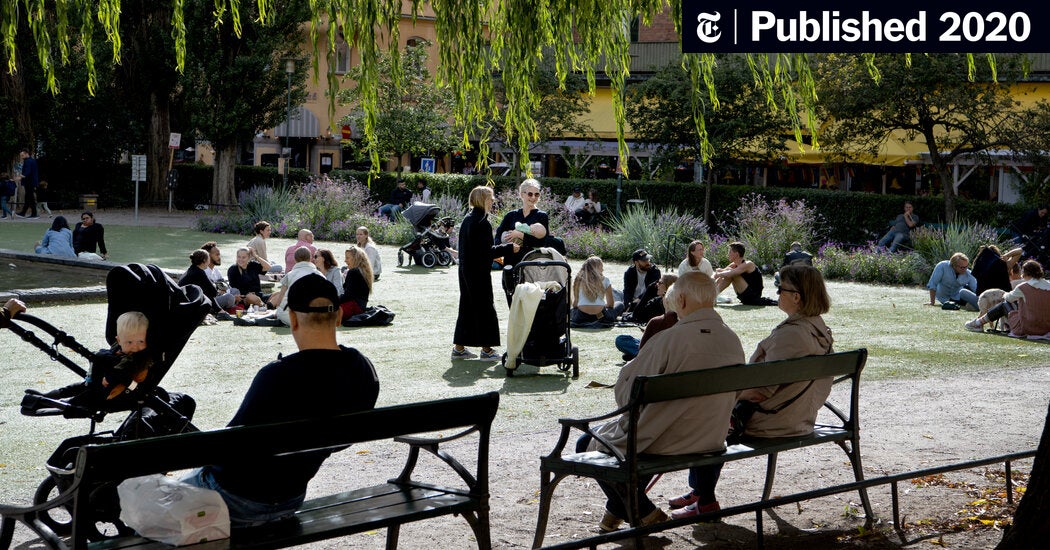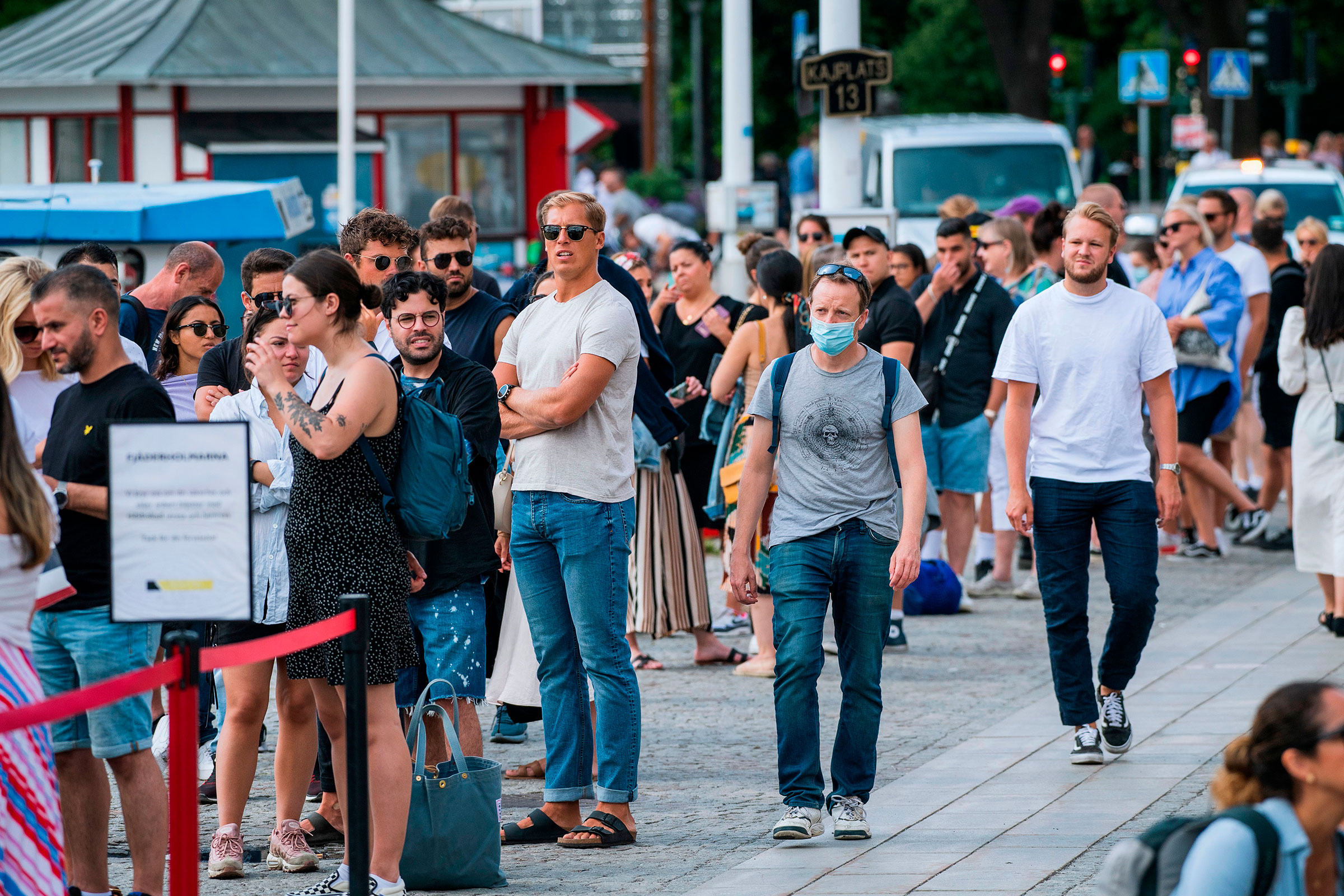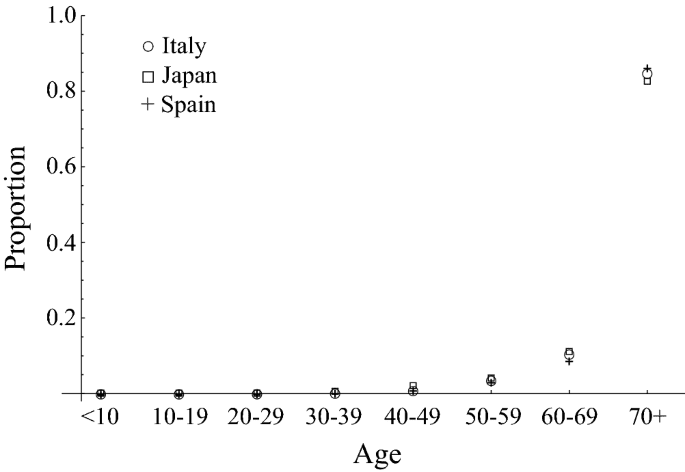MaxPowa
Team Captain
- Aug 20, 2018
- 522
- 1,173
- AFL Club
- Port Adelaide
That's not what's happening, but yes until after the pandemic we wont really know.
That does not negate the need for action during though.
Agreed. I'm not using this as an argument to do nothing (our reaction to the Pandemic will take a long time to understand whether it was appropriate or not as well), this is purely a thought exercise to try and understand what the true mortality impact of COVID is and how we might go about determining it more accurately as I do think how it is being reported now is crude and not truly representative.














